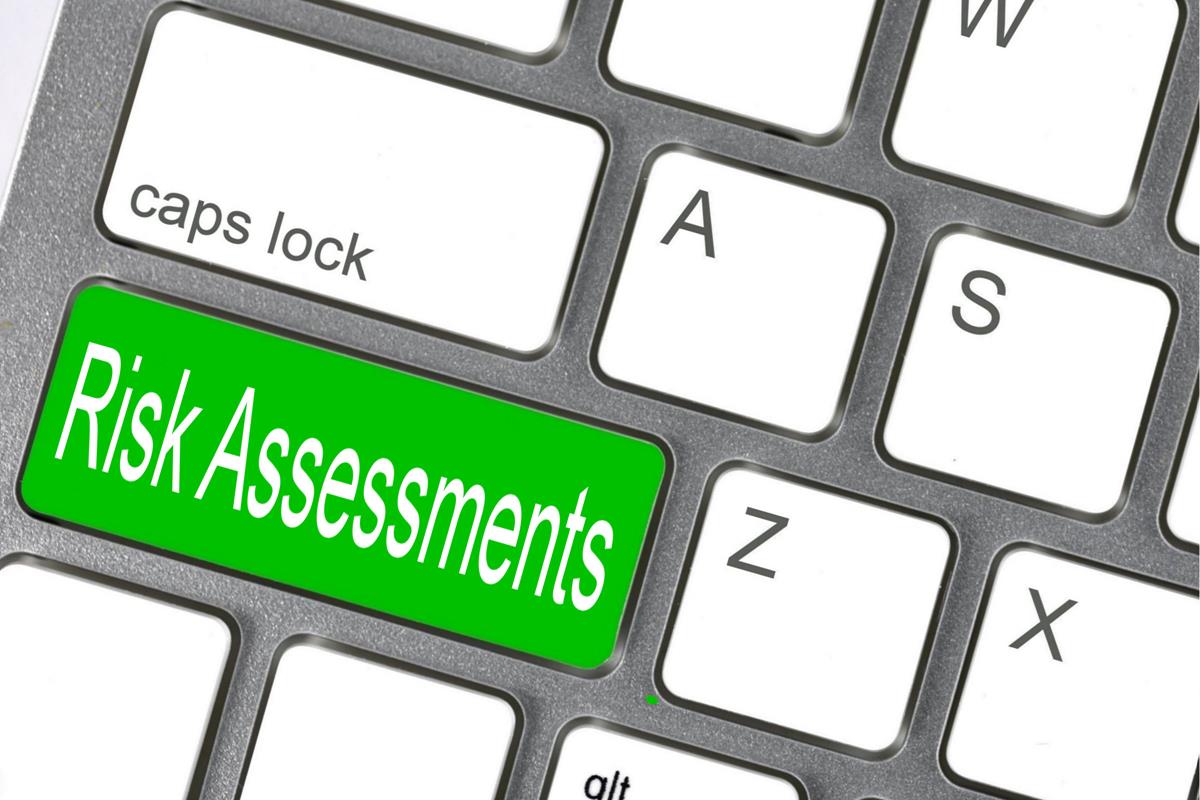In keeping with the scores of these scales, families are labeled into one of four "strengths" classes: distinctive strength, good/satisfactory functioning, some want, or vital want. This measure also helps to identify particular needs to be included within the household case plan (e.g., a low score on the Household Resources and Basic Care item would point out that assistance in this area needs to be included in the case plan). The SDM Child Strengths and wishes Assessment may be very similar in construction to the SDM Family Strengths and desires Assessment. It consists of 12 items (e.g., Alcohol and Drug Use, Emotional Stability, Behaviour). The SDM Family Risk Evaluation has carried out well in exams of predictive validity (i.e., it was proven to be able to quite accurately predict which households should be labeled into which threat category). This instrument has also proven reasonable ranges of inter-rater reliability. If you beloved this posting and you would like to get much more information regarding TASK RISK ASSESSMENT kindly pay a visit to our own webpage. No studies have been discovered that looked particularly at the efficacy of the SDM Family Strengths and needs Assessment or the SDM Child Strengths and desires Assessment.

Briefly, while actuarial instruments are good for choices about how you can prioritise finite resources, they aren't a case planning software. If the purpose of assessment is to realize a complete understanding of an individual baby or household so as to ascertain their service wants, then a consensus-primarily based instrument may be handiest as they are usually extra flexible, incorporate more gadgets, and provide more data (Austin et al., 2005). The outcomes of assessments using consensus-based mostly instruments are therefore extra readily linked to an intervention plan for working with kids and their families to reduce risks. Although the use of evaluation instruments (each consensus-based and actuarial) has develop into widespread in the youngster safety practices of quite a few nations, the use of these devices - and indeed the very notion of structuring child protection systems across the prediction of future danger - has been criticised by quite a few authors. These authors have argued that LABORATORY RISK ASSESSMENT assessment, as a apply software in little one protection, has been strongly influenced by some very distinct social traits.

White and Walsh (2006) famous that the so-known as "risk assessment wars" may be over, and that what has emerged in the literature is the more subtle view that there's nobody "ultimate tool" that can remedy the difficulties of evaluation in child safety. Instead, there is an acknowledgment that while some tools may indeed be more practical than others at classifying risk, this does not rule out the need for different approaches and for the continued utilisation of clinical judgement and observe information. The Strength and Stressors Tracking Device (Strengths and Stressors) is a consensus-based mostly evaluation instrument that was developed by modifying the North Carolina Family Assessment Scale (NCFAS). Because the name of the instrument suggests, it is designed to transcend merely predicting the quick hazard to the child and the probability of the little one experiencing maltreatment sooner or later by additionally assessing household wellbeing and psychosocial growth.
See Table 1 under for a extra detailed description of those devices. 1. Individual gadgets information practitioners to think about threat factors. However, the final choice as to the overall family danger category is left to the practitioner's (guided) discretion. This is the most common form of consensus-based mostly instrument. 2. As with actuarial tools (see above), the scores of individual gadgets are added, and households are assigned to a danger category in accordance with the their general rating. However, consensus based tools usually tend to grant practitioners greater latitude in overriding assessment scores. Source: Austin et al. Both actuarial and consensus-primarily based RISK ASSESSMENT CONSULTANT assessment instruments have their strengths and weaknesses, that are summarised in Table 2. As this desk illustrates, there are few simple solutions in the talk between several types of assessment instrument, and it is certainly not clear (as some authors have claimed) that one type is always simpler than the opposite.